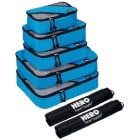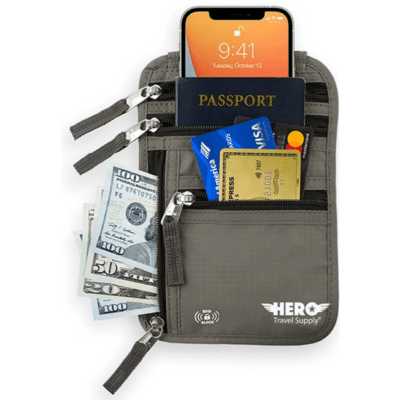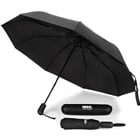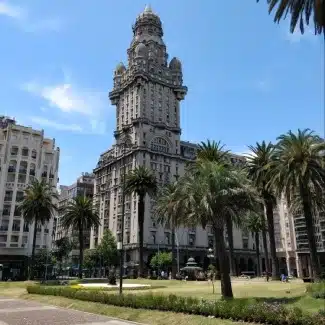Sandwiched between Brazil and Argentina on South America’s Atlantic coast is one of the world’s most underrated travel destinations: Uruguay. Even though it’s a relatively small country, Uruguay offers tourists cosmopolitan cities, beautiful beaches, historic towns, and a rolling landscape complete with gauchos (the Spanish word for cowboys).
But before you jet off to Uruguay’s capital of Montevideo, make sure you know what to pack and what the power outlet situation is like.





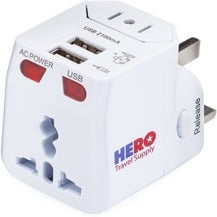
 Uruguay actually generates more than 98% of its electricity from renewable sources—most of which comes from wind and hydropower. The country has been applauded for its switch from fossil fuels to green energy, and was called a “green energy leader” by the World Wildlife Fund.
Uruguay actually generates more than 98% of its electricity from renewable sources—most of which comes from wind and hydropower. The country has been applauded for its switch from fossil fuels to green energy, and was called a “green energy leader” by the World Wildlife Fund.